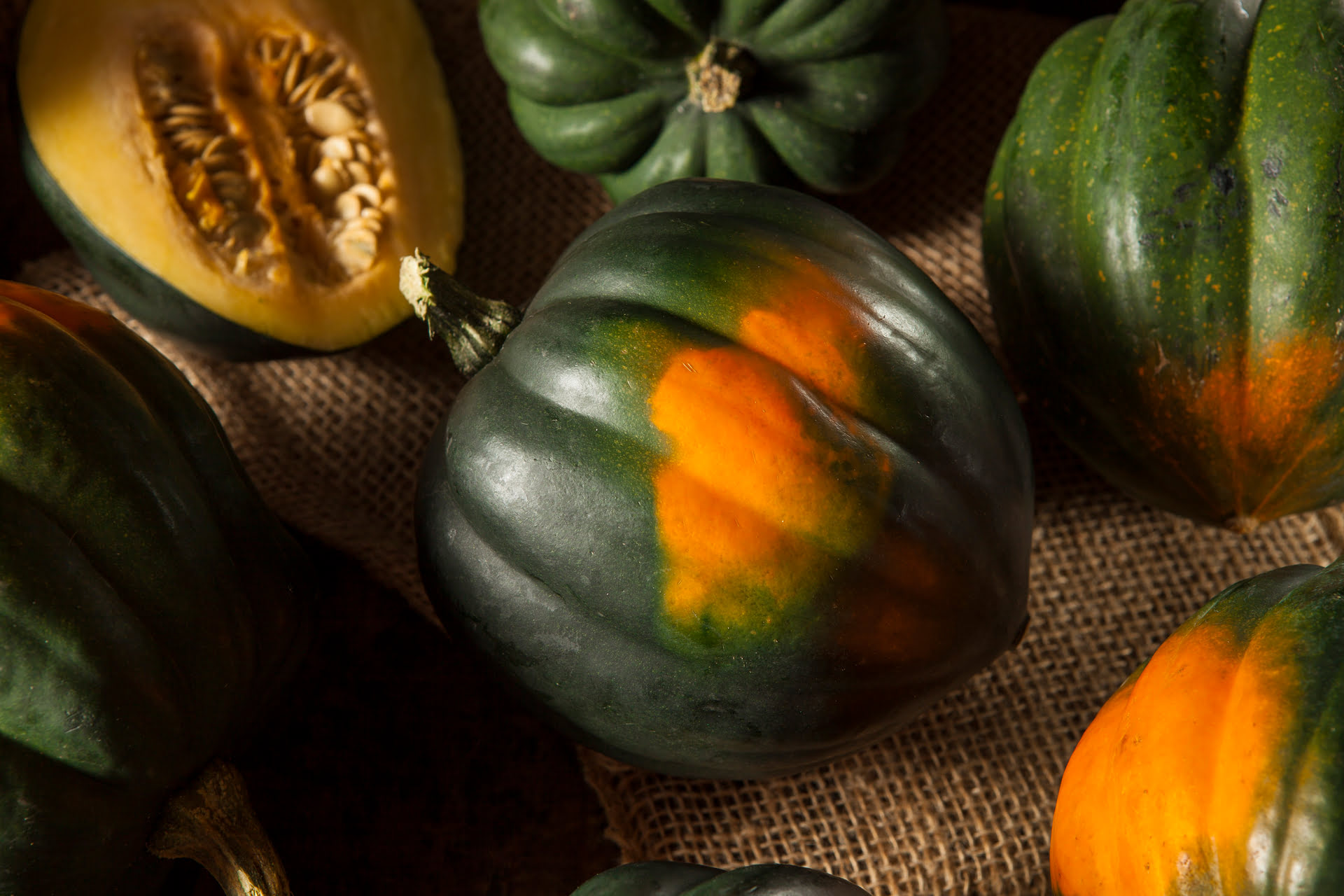

Articles
How To Store Acorn Squash
Modified: February 22, 2024
Learn the best methods and tips for storing acorn squash in this informative article. Keep your squash fresh and delicious all year round.
(Many of the links in this article redirect to a specific reviewed product. Your purchase of these products through affiliate links helps to generate commission for Storables.com, at no extra cost. Learn more)
Introduction
Welcome to our guide on how to store acorn squash. Acorn squash is a delicious and nutritious winter squash variety that is widely enjoyed for its sweet and nutty flavor. Whether you have harvested your own squash from the garden or purchased them from a local market, proper storage is essential to maintain their freshness and extend their shelf life.
In this article, we will walk you through the process of choosing the best acorn squash, preparing them for storage, and maintaining their quality over time. We will also provide tips on using stored acorn squash to create delicious meals for you and your family.
By following the guidelines outlined in this article, you can ensure that your acorn squash remains delicious and vibrant for weeks, allowing you to enjoy their flavors even during the colder months.
Key Takeaways:
- Choose firm, unblemished acorn squash with a deep green color for optimal storage. Inspect the stem and weight, and avoid squash with mold or mildew to ensure long-lasting freshness.
- Properly prepare and store acorn squash in a cool, dry environment, monitoring for spoilage and handling with care. Get creative with recipes to enjoy their sweet, nutty flavor.
Read more: How To Store Acorn Squash For The Winter
Choosing Fresh Acorn Squash
When it comes to storing acorn squash, selecting the freshest and highest quality squash is the first step. Here are some tips to help you choose the best acorn squash:
- Look for squash with a deep, rich color: Choose acorn squash that has a dark green exterior, free from any blemishes or discoloration. The skin should be firm and consistent in color.
- Check for a smooth and unblemished skin: Avoid squash with cuts, bruises, or soft spots, as these can indicate spoilage.
- Inspect the stem: The stem of the squash should be intact and firmly attached. Avoid squash with a dried or shriveled stem, as this can be a sign of age.
- Consider the weight: A good acorn squash should feel heavy for its size. This indicates that it is dense and has a higher water content, which contributes to its juiciness and flavor.
- Avoid squash with mold or mildew: Check the squash closely for any signs of mold or mildew. These can spread quickly and cause the squash to spoil prematurely.
Remember to use your senses when selecting acorn squash. Give it a gentle squeeze – it should be firm but yield slightly to pressure. Additionally, you can tap the squash lightly with your knuckles to check for a hollow sound, which indicates ripeness.
By choosing the freshest acorn squash, you are setting the foundation for successful storage and long-lasting flavor.
Preparing the Squash for Storage
Once you have chosen the perfect acorn squash, it’s important to properly prepare them for storage. By taking a few simple steps, you can help ensure that the squash stays fresh and flavorful for an extended period. Here’s how to prepare acorn squash for storage:
- Wash the squash: Start by gently washing the exterior of the squash using cool water. This will remove any dirt or residues that may be present.
- Allow the squash to dry: After washing, place the squash on a clean towel or a wire rack and allow them to air dry completely. This will help prevent moisture buildup, which can lead to mold or rot.
- Trim the stem: Use a sharp knife to carefully trim the stem of the squash, leaving about half an inch attached to the fruit. This will help prevent the stem from drying out and potentially introducing bacteria or fungi.
- Cure the squash (optional): Curing is the process of allowing the squash to sit at room temperature for a period of time, usually around 10 to 14 days. This helps to harden the skin and improve the flavor. Although curing is optional, it can enhance the overall quality of the squash.
After following these preparation steps, your acorn squash is now ready for proper storage. Remember to handle the squash with care to avoid any bruises or injuries that could lead to spoilage.
Storing Acorn Squash
Proper storage is crucial to maintaining the freshness and flavor of acorn squash. When stored correctly, acorn squash can last for several weeks or even months. Here are some guidelines for storing acorn squash:
- Choose the right location: Find a cool, dry, and well-ventilated area for storing your acorn squash. Avoid areas that are too warm or prone to humidity, as this can cause the squash to spoil faster.
- Separate the squash: To prevent any potential spread of rot or mold, it’s best to store each acorn squash separately. This way, if one squash starts to go bad, it won’t affect the others.
- Keep the squash off the ground: Placing the squash directly on the ground can promote moisture buildup and increase the risk of rot. Instead, use a wooden pallet, cardboard, or a wire rack to elevate the squash.
- Avoid sunlight exposure: Acorn squash should be stored in a dark environment to protect them from sunlight. Sunlight can cause the squash to spoil faster and lead to a loss of nutritional value.
- Monitor the temperature: The ideal storage temperature for acorn squash is between 50°F to 55°F (10°C to 13°C). This cool temperature will help slow down the natural aging process and maintain the quality of the squash.
While acorn squash can be stored for a few weeks, it’s important to periodically check on them and remove any squash that show signs of spoilage. This will help prevent the spread of rot to the rest of the squash.
By following these storage guidelines, you can enjoy fresh and delicious acorn squash throughout the winter months.
Store acorn squash in a cool, dry place with good air circulation, such as a pantry or basement. Avoid storing in the refrigerator, as it can cause the squash to spoil quickly.
Monitoring and Maintaining Squash Quality
Once you have stored your acorn squash, it is important to monitor and maintain their quality to ensure that they stay fresh and flavorful. Here are some tips on how to monitor and care for your stored squash:
- Regularly check for spoilage: Inspect your stored acorn squash periodically for any signs of spoilage, such as mold, soft spots, or a foul odor. Remove any squash that show these signs to prevent the spread of rot to the rest of your stash.
- Handle with care: When handling stored squash, always use gentle and careful movements. Rough handling can bruise or injure the squash, leading to spoilage.
- Rotate the squash: To ensure even exposure to air and prevent any potential pressure points, rotate the stored squash every few weeks. This will help maintain their quality and prevent any flat spots from developing.
- Inspect for decay during storage: As time passes, regularly check the squash for any signs of decay. If you notice any softening or changes in color, it may be an indication that the squash is starting to deteriorate.
- Avoid washing stored squash: Unlike fresh squash, it is best to avoid washing stored acorn squash. Washing can introduce moisture, which can promote spoilage. If you need to clean the squash prior to use, gently wipe it with a damp cloth.
By consistently monitoring the condition of your stored acorn squash and taking proper care, you can maintain their quality and enjoy delicious squash throughout the storage period.
Read more: How To Store Acorns
Using Stored Acorn Squash
Now that you have successfully stored your acorn squash, it’s time to put them to good use in the kitchen. Acorn squash is a versatile ingredient that can be used in a variety of delicious and healthy recipes. Here are some ideas for using your stored acorn squash:
- Roast it: Roasting acorn squash brings out its natural sweetness and enhances its flavor. Simply slice the squash in half, remove the seeds, and place it cut side down on a baking sheet. Roast in the oven at 400°F (200°C) until tender. You can then scoop out the flesh and enjoy it as a side dish or use it as a base for other recipes.
- Make soups and stews: Pureed acorn squash adds a creamy and velvety texture to soups and stews. Simply cook the squash until tender, then blend it with your favorite spices and broth. Pair it with ingredients like carrots, onions, or ginger for a flavorful autumn-inspired soup.
- Stuff it: Hollowed-out acorn squash halves can be filled with a variety of delicious fillings, such as quinoa, mushrooms, cranberries, and herbs. Bake the stuffed squash until the filling is cooked through, and enjoy a hearty and nutritious meal.
- Create a side dish: Acorn squash can be sliced into rounds or wedges and roasted with your choice of spices and seasonings. It can be a tasty and nutritious side dish to accompany your main course.
- Bake with it: Incorporate acorn squash into your favorite baked goods, such as muffins, bread, or cakes. The natural sweetness of the squash adds moisture and depth of flavor to your favorite treats.
Feel free to get creative with your recipes and explore different culinary possibilities with your stored acorn squash. With its rich and sweet flavor, acorn squash is a delightful addition to both savory and sweet dishes.
Remember, the quality of the stored acorn squash will gradually decline over time, so it’s best to use them within a few months for the best taste and texture.
Conclusion
Storing acorn squash properly is essential to preserve their freshness and ensure that they can be enjoyed for an extended period. By following the guidelines provided in this article, you can maintain the quality of your acorn squash and have them readily available for delicious meals throughout the winter months.
Choosing the freshest acorn squash, preparing them for storage, and storing them in an ideal environment are all important steps. Regularly monitoring the squash and taking care to handle them gently will help maintain their quality and prevent spoilage.
Once your acorn squash is stored, you have a wide variety of options for using them in the kitchen. Whether roasted, used in soups and stews, stuffed, or incorporated into baked goods, acorn squash adds a unique and delightful flavor to a range of dishes.
Remember to check on your stored acorn squash periodically and remove any squash that show signs of spoilage. And always use your senses to assess the quality of the squash before incorporating them into your recipes.
Enjoy the delicious flavors and nutritional benefits of acorn squash by following these storage techniques. With a little effort and proper care, you can savor the taste of this delightful winter vegetable all season long.
Frequently Asked Questions about How To Store Acorn Squash
Was this page helpful?
At Storables.com, we guarantee accurate and reliable information. Our content, validated by Expert Board Contributors, is crafted following stringent Editorial Policies. We're committed to providing you with well-researched, expert-backed insights for all your informational needs.



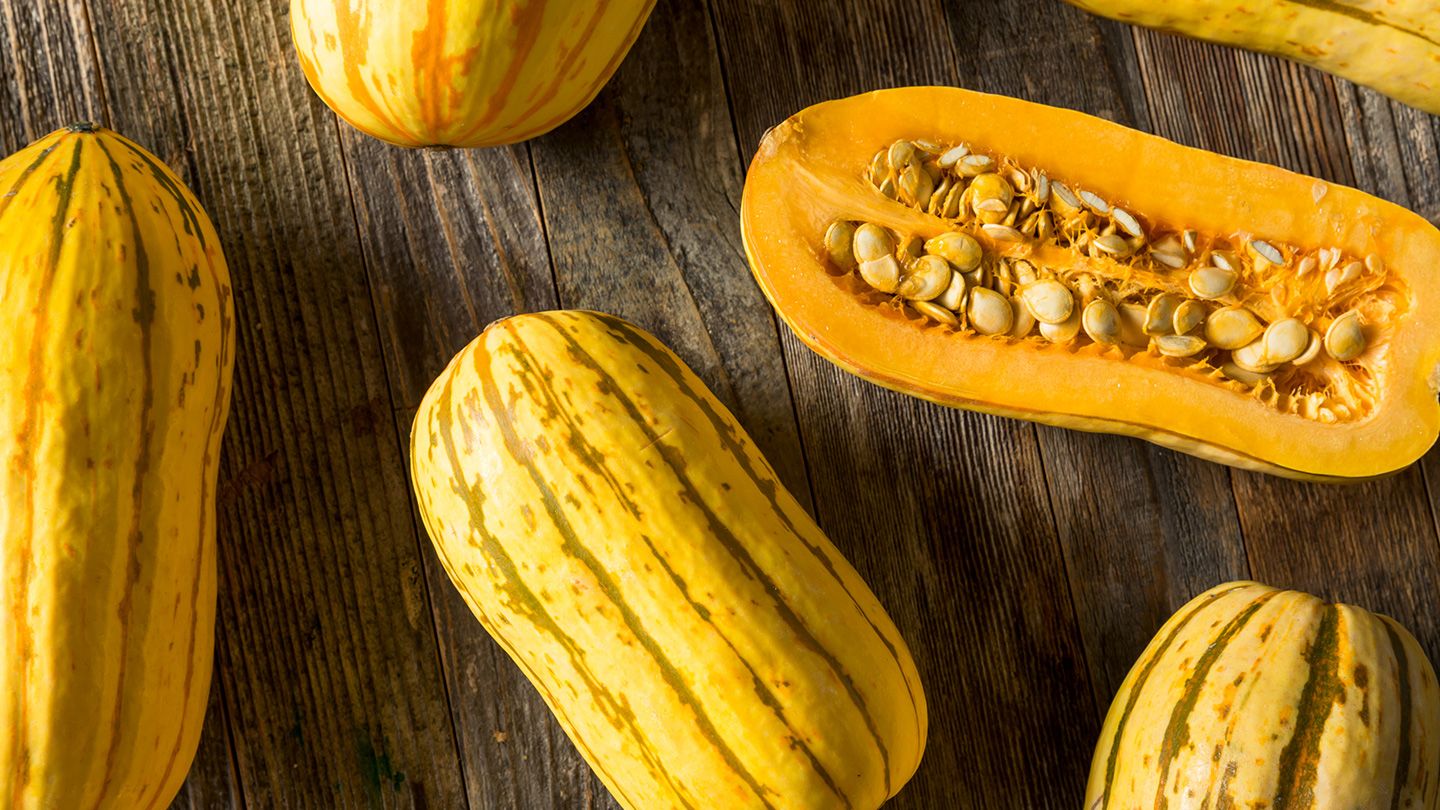
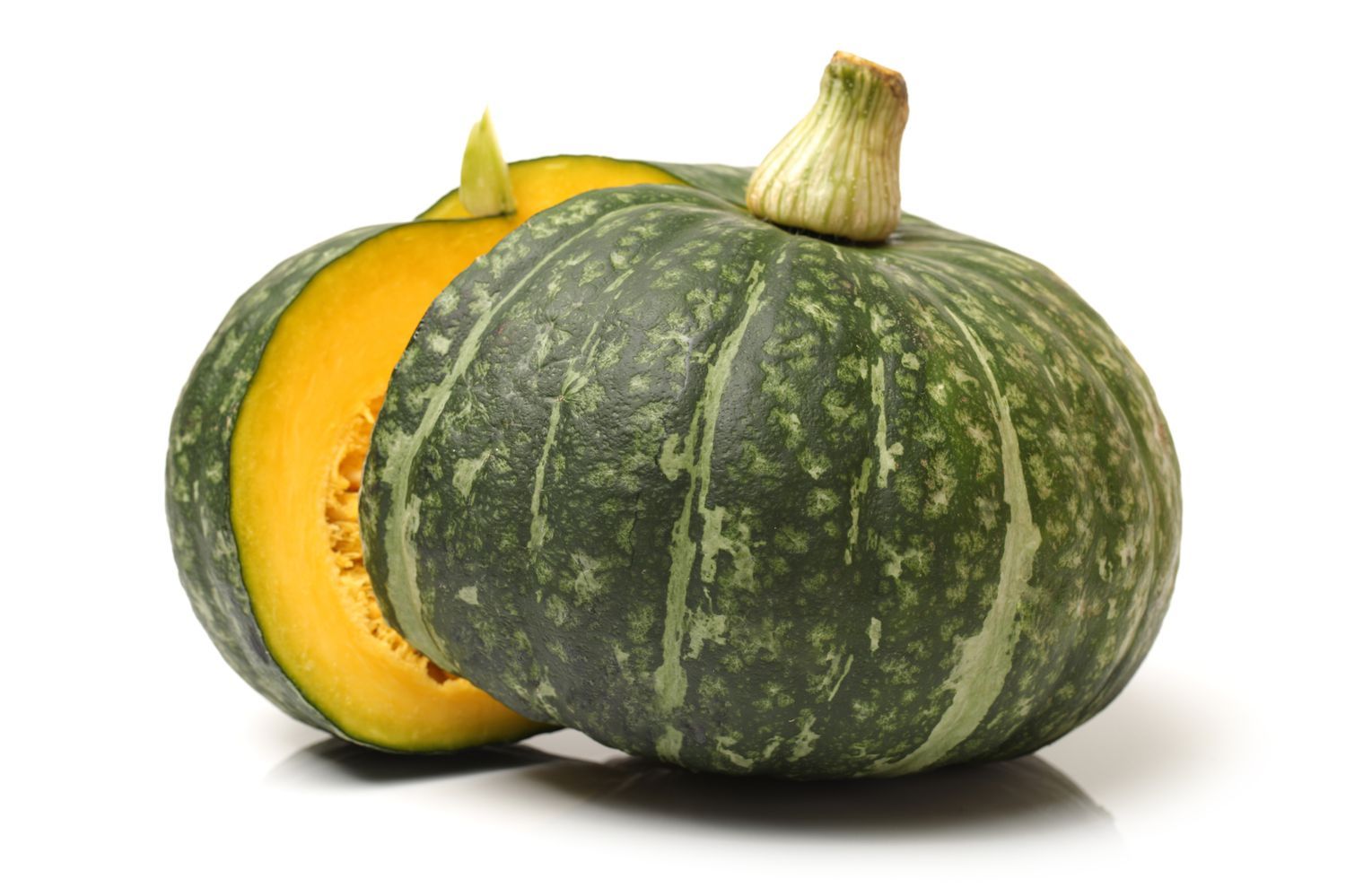
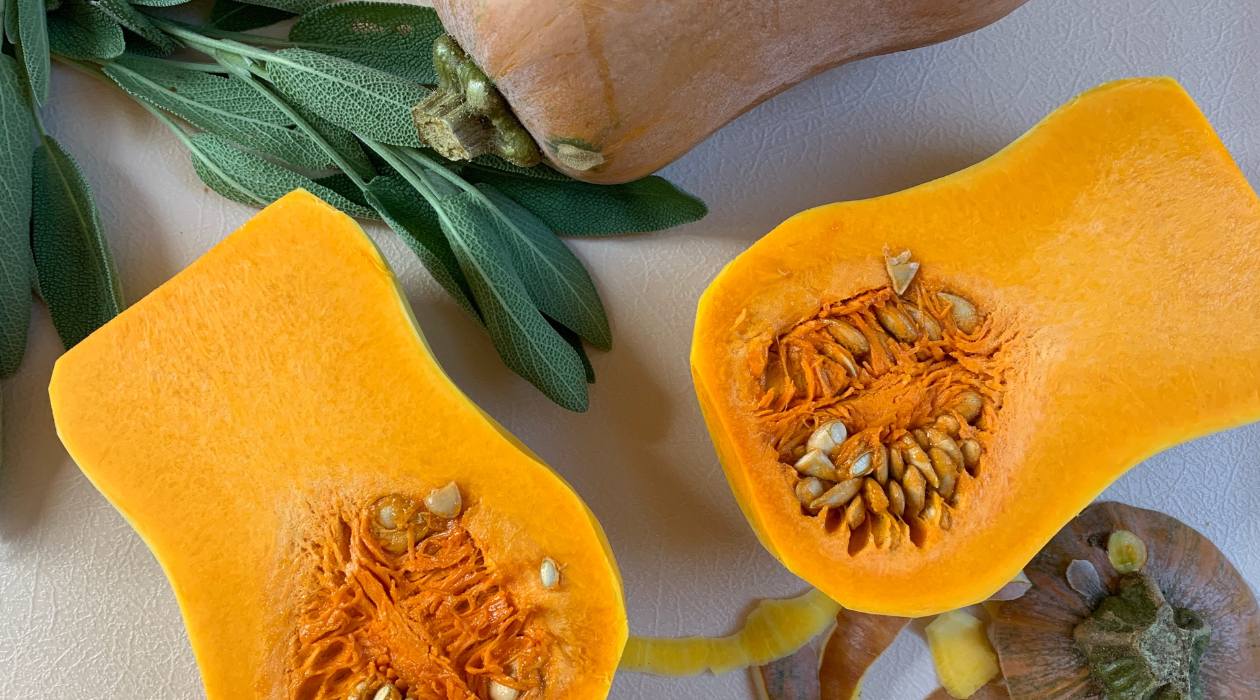
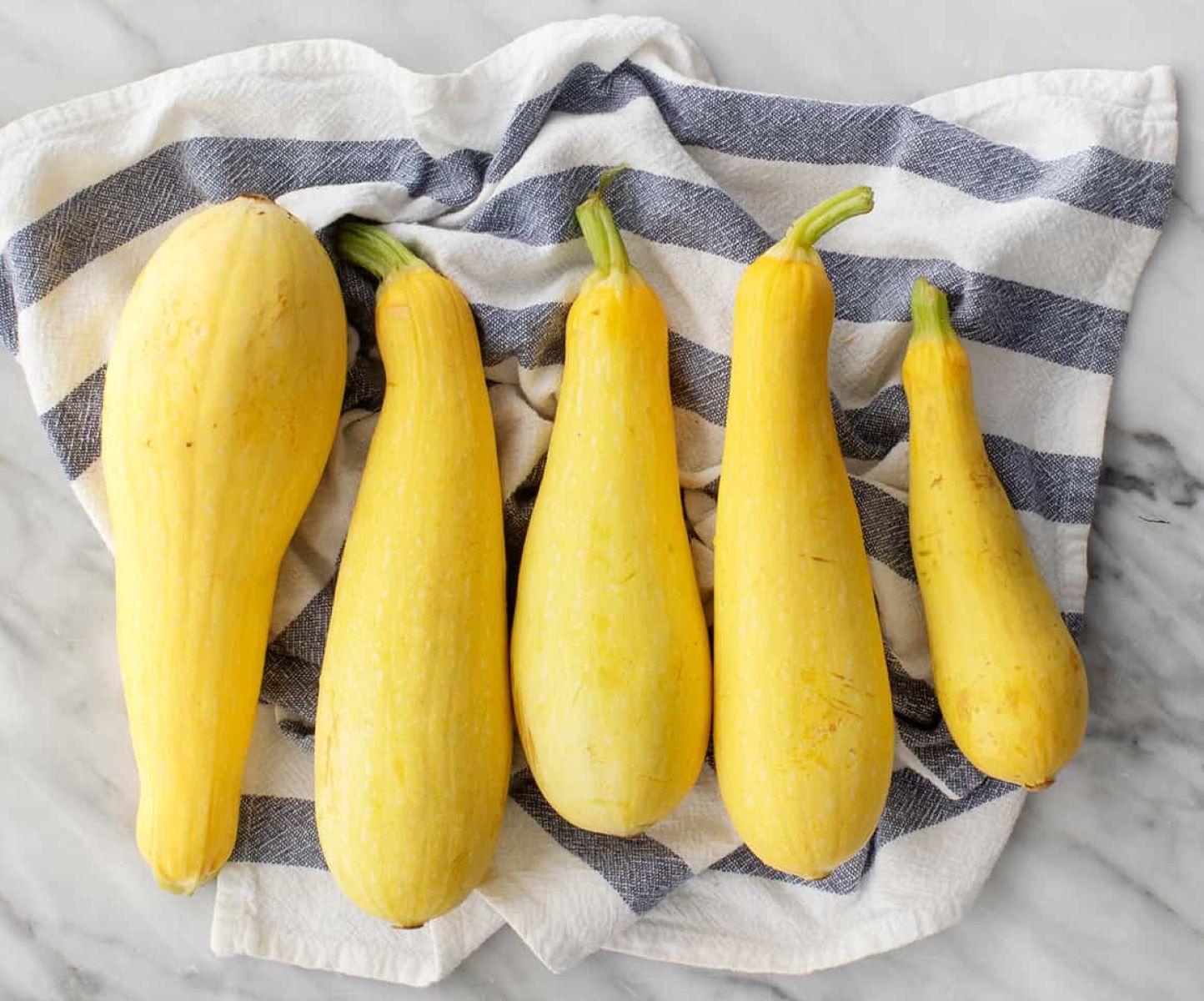
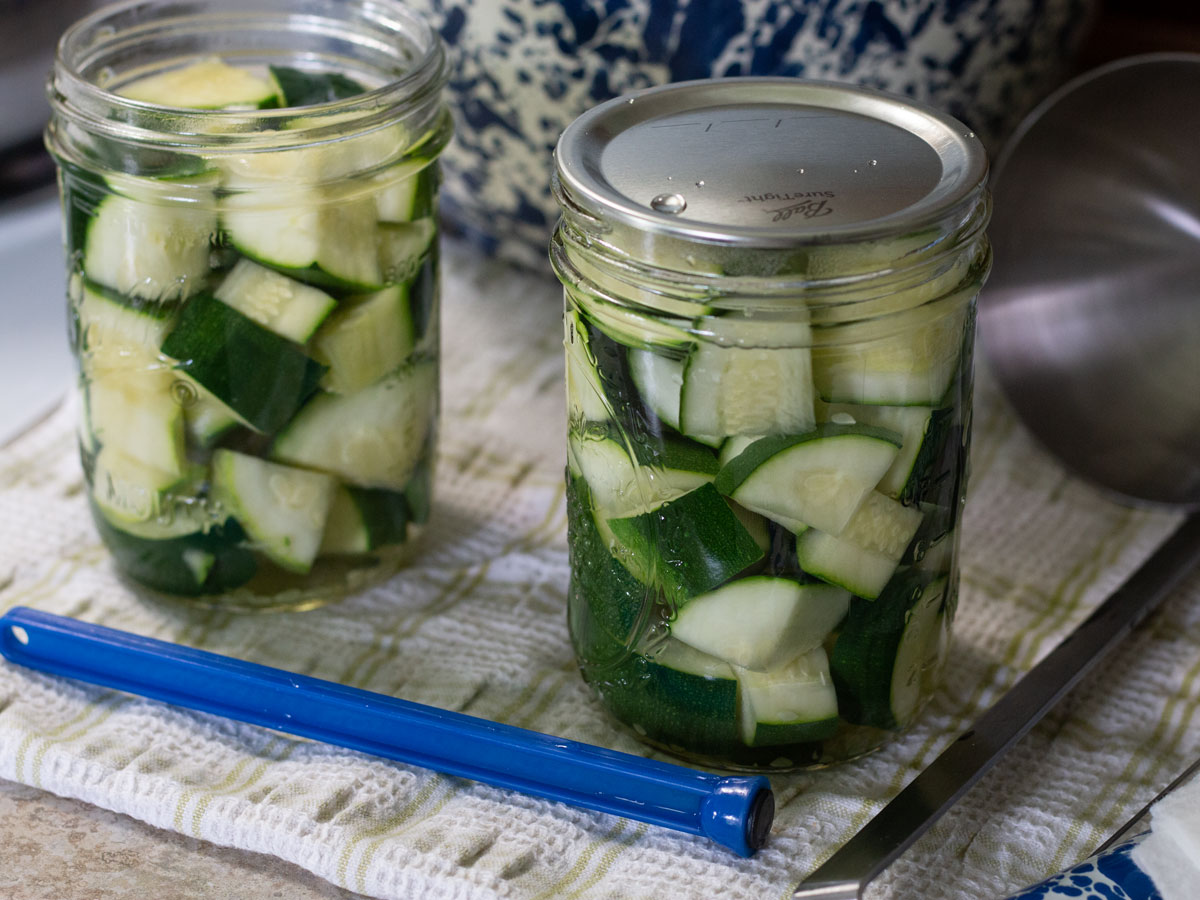

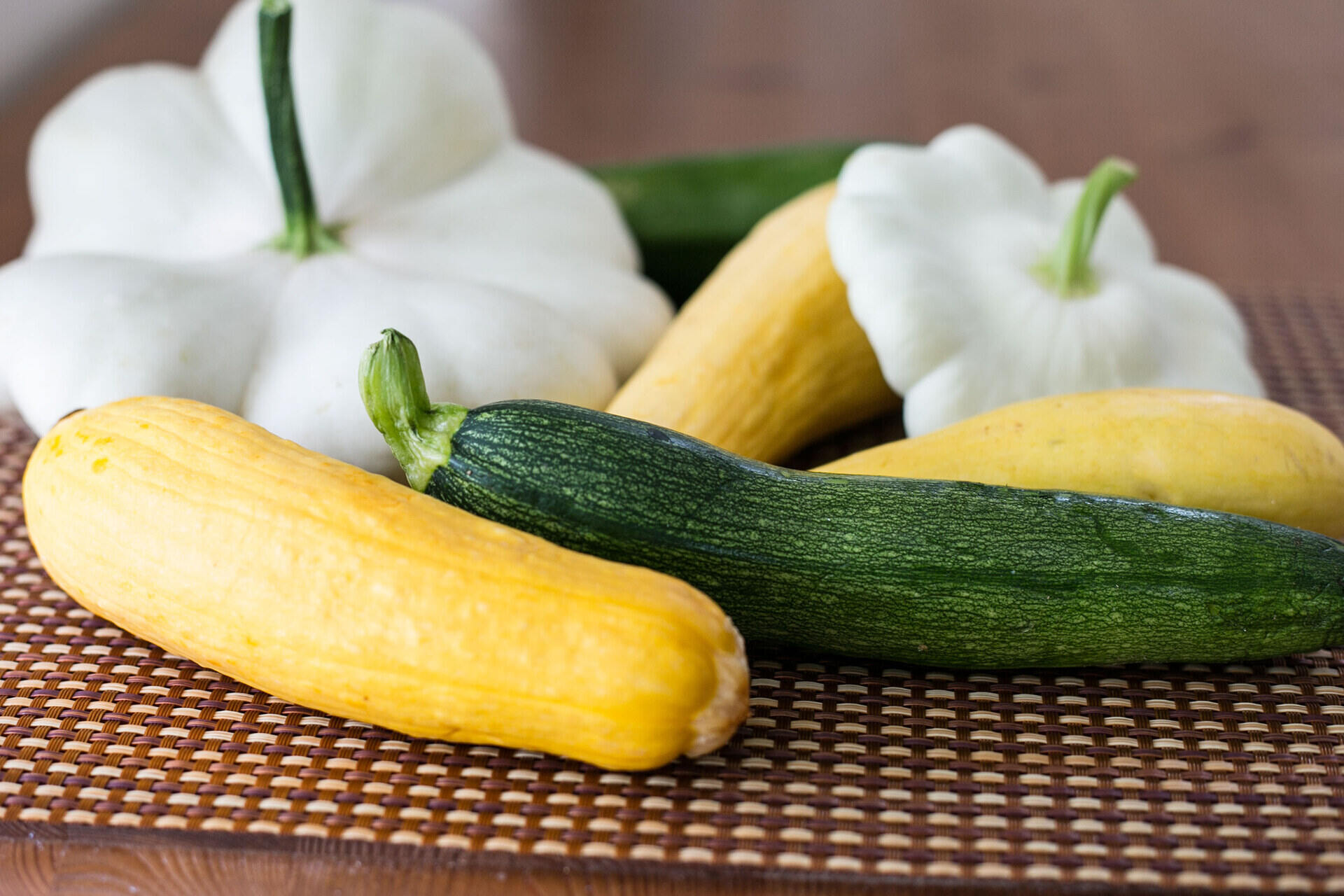
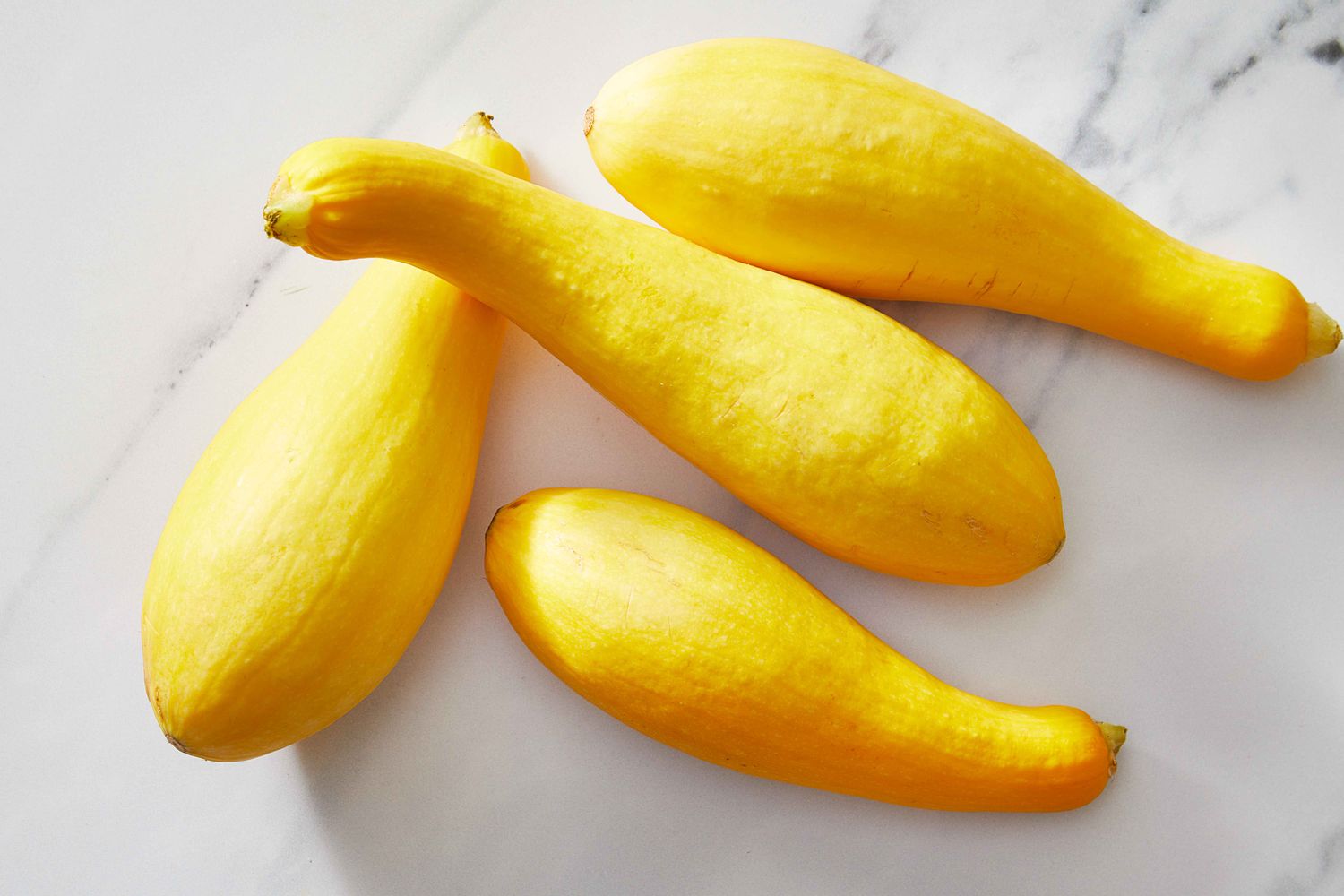
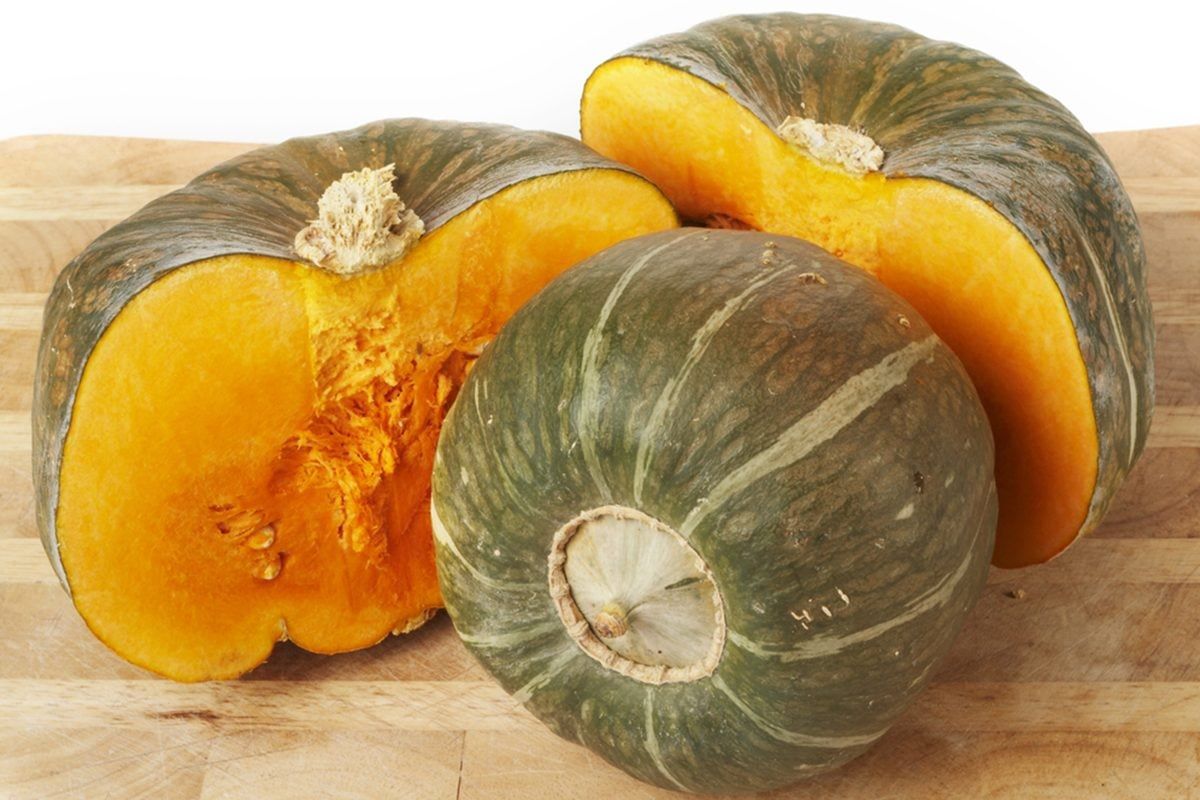
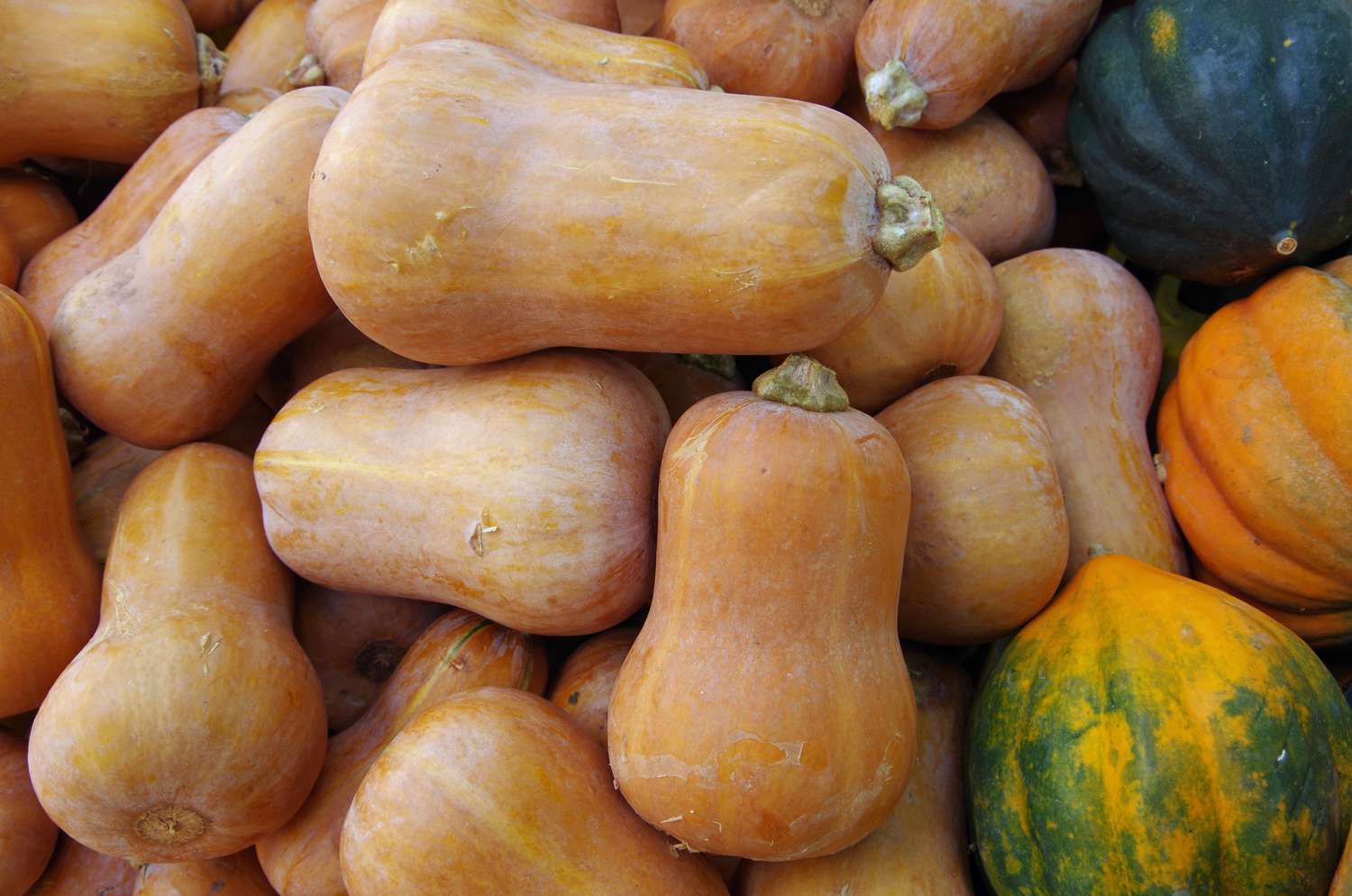


0 thoughts on “How To Store Acorn Squash”